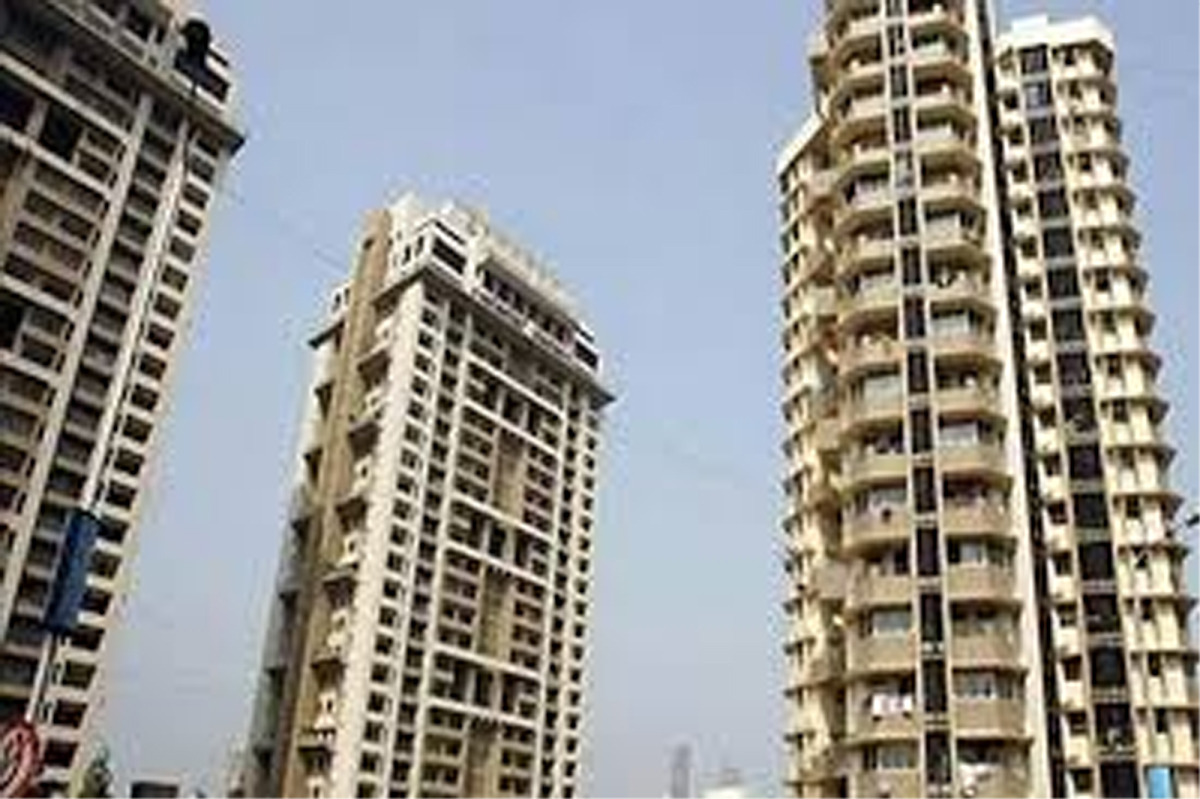NEW DELHI, Jan 15: Unsold housing stocks fell by 9 per cent in NCR during 2018 to nearly 1.87 lakh units on improvement in sales but the region continued to grapple with the problem of stalled residential projects, property brokerage and consulting firm Anarock said.
In the data released Tuesday, the consultant said, housing sales in National Capital Region (NCR) rose by 18 per cent during 2018 to 44,300 units from 37,610 units in the previous year.
The new units supply increased by 17 per cent to 26,010 units last year from 22,180 units in 2017, while unsold housing stocks declined by 9 per cent to 1,86,714 units from 2,05,000 units during the period under review.
“NCR housing sales increased by 18 per cent in 2018. Despite rising sales, the region continues to grapple with the issue of stalled/delayed projects,” Anarock Chairman Anuj Puri said in the report.
Overall, in the seven cities tracked by the consultant, housing sales went up by 18 per cent to 2,48,310 units during 2018 from 2,11,130 units in the previous year.
NCR, MMR (Mumbai Metropolitan Region), Bengaluru and Pune together accounted for 82 per cent of the sales. Hyderabad, Chennai and Kolkata contributed the rest.
Anarock said that housing sales rose by 18 per cent and new launches by 33 per cent across the top seven cities compared to 2017 despite all headwinds including the liquidity crisis. Unsold inventories reduced by 7 per cent to 6,73,208 units from 7,26,218 units.
The residential inventory overhang reduced from 47 months in Q4 2017 to 33 months in Q4 2018 across these seven cities.
The demonetisation effect in late 2016 had pushed up unsold inventory overhang to 47 months in Q4 2017 from 40 months in Q4 2016. An inventory overhang of 18-24 months signifies a fairly healthy market.
“Having absorbed a lot of the impact of various structural changes, the Indian real estate sector seemed poised to grow from the previous year,” Puri said.
However, he said the issue of stalled projects and liquidity crisis continued to confound the housing sector in 2018, though it continued its transition into a relatively more transparent and end-user driven market.
“End-users accelerated growth, while investors shifted focus towards alternate asset classes such as commercial, retail and warehousing, which did fairly well during the year,” Puri said.
He noted that builders were cautious about launching projects to align supply with the existing buyer demand. They also cut the average property sizes to align their offerings with the highly-incentivised affordable housing bracket. (PTI)
****
Trending Now
E-Paper


